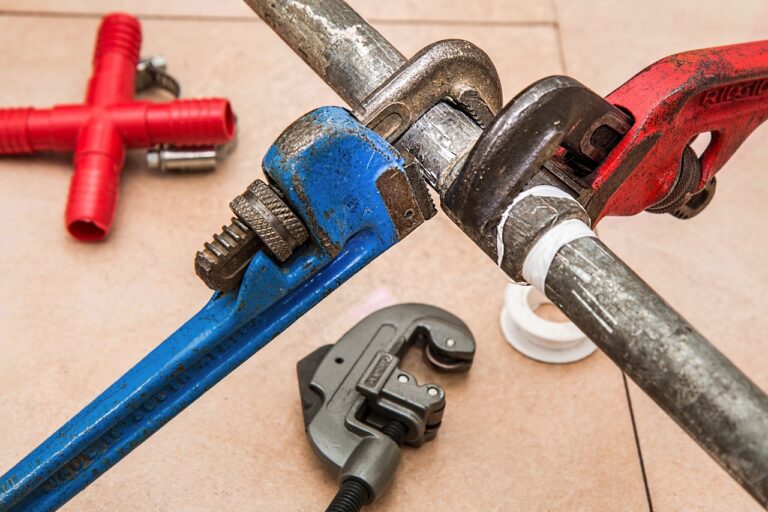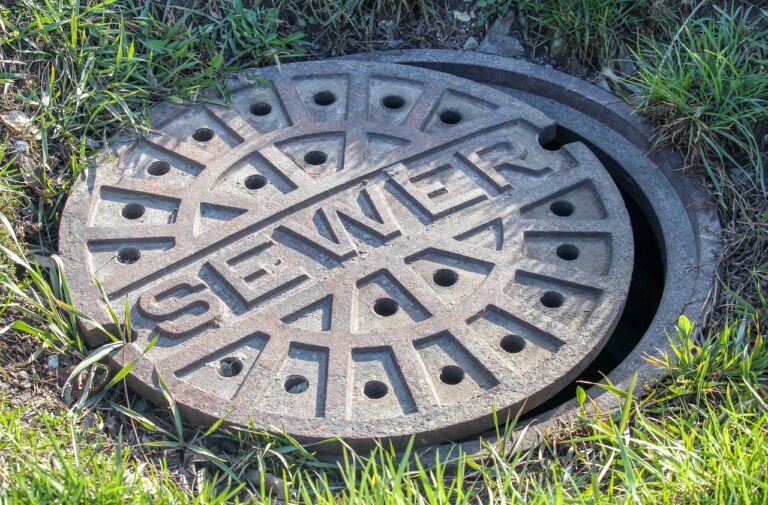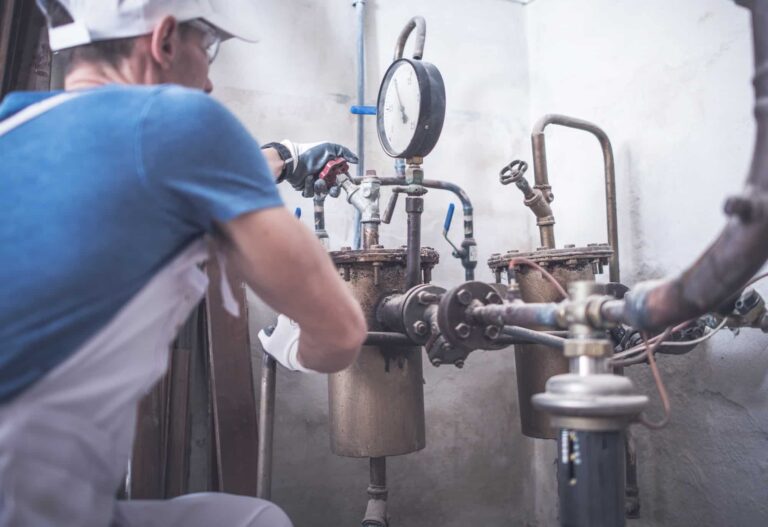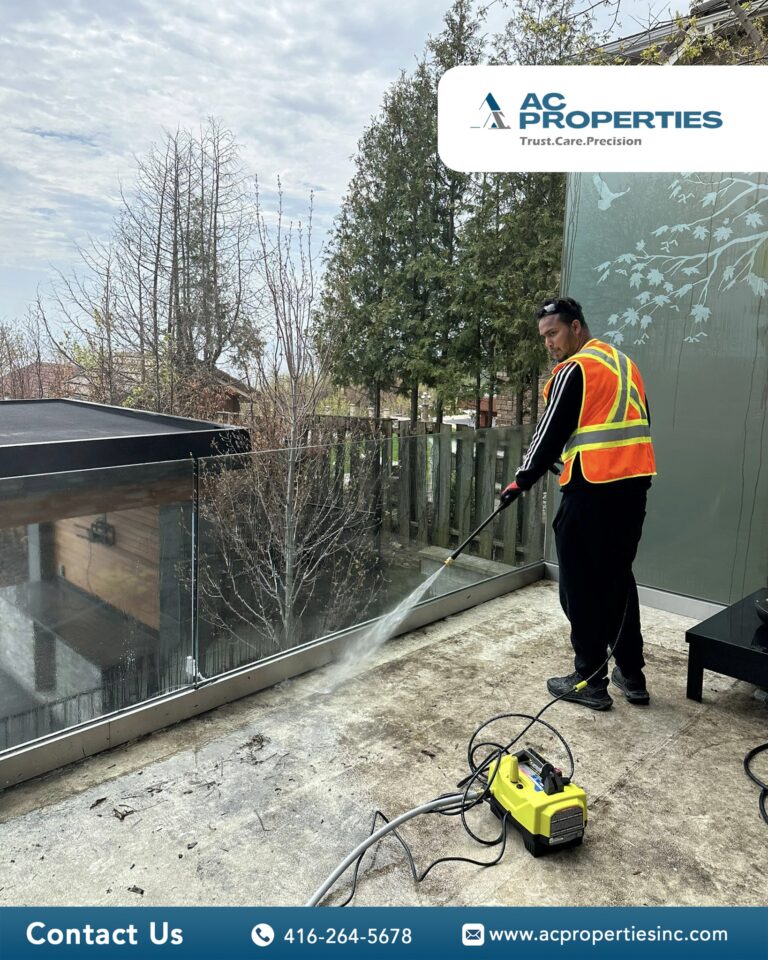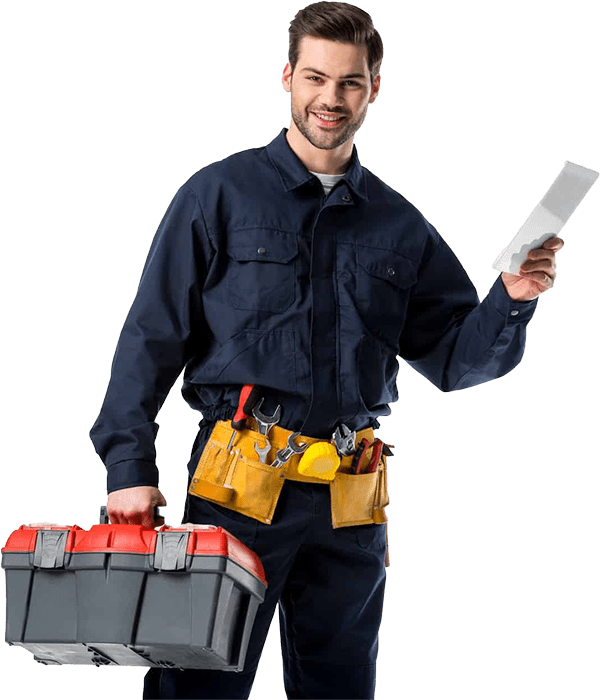Did you know that nearly 10% of households experience plumbing leaks, wasting up to 90 gallons of water per day? Air in plumbing lines might seem less critical, but it can cause similar disruptions in water efficiency and increase noise levels in your home. This common issue can lead to sputtering faucets and irregular water flow, impacting your daily life.
But don’t worry—understanding how to remove air from plumbing lines can save you both time and money. In this guide, we’ll dive into the causes, symptoms, and step-by-step solutions to help you restore your plumbing’s efficiency. Read on to discover how a simple DIY fix can prevent potentially costly repairs and keep your water systems running smoothly!
A Guide to Remove Air from Plumbing Lines
Causes of Air in Plumbing Lines
Air can enter your plumbing system for various reasons, each requiring attention to ensure smooth water flow:
- Maintenance Activities: When water supply lines are shut off for repairs or upgrades, air can enter the pipes as they’re depressurized.
- Leaks: Cracks or holes in your pipes can allow air to infiltrate, disrupting the water flow.
- Well Systems: If you rely on a well, issues like low water levels or malfunctioning pumps can introduce air into your pipes.
- Municipal Water Supply Interruptions: Work on nearby water lines in your city can also introduce air into your plumbing.
Signs of Air in Your Water Pipes
Identifying air in your plumbing lines is the first step to resolving the issue. Keep an eye out for these common indicators:
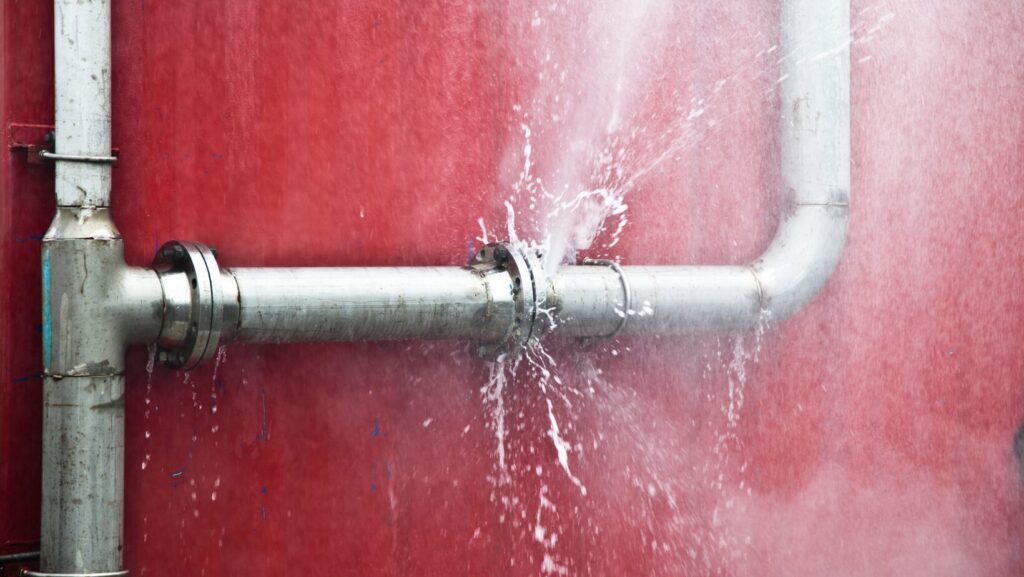
- Sputtering Faucets: Air pockets cause water to sputter when you turn on the tap.
- Irregular Water Flow: Inconsistent water pressure or flow could indicate trapped air.
- Noisy Pipes: Hissing, popping, or banging noises often signal air in the pipes.
- Cloudy Water: Water that appears cloudy but clears after a few seconds may contain air.
Step-by-Step Instructions to Remove Air
Removing air from your plumbing lines can often be a simple DIY task. Here’s a straightforward guide to help you:
- Shut Off the Main Water Valve
Begin by locating your home’s main water supply valve. Turn it off to stop water from entering your house, which helps in expelling the air. - Open All Faucets
Go through your home and open every faucet, starting with the one closest to the main water valve and working outward. Don’t forget outdoor spigots and appliances like dishwashers and washing machines. - Flush Toilets
Flush all toilets in your home to ensure air is released from every part of the plumbing system. - Turn the Main Water Valve Back On
Slowly turn the main water valve back on and allow water to flow through the open faucets. This process will push the air out through the faucets. - Close Faucets in Reverse Order
Once water flows smoothly without sputtering, close the faucets starting from the farthest point and moving back towards the main valve. This ensures that air doesn’t re-enter the system.
Problems Caused by Air in Pipes
Ignoring air in your plumbing lines can lead to more serious issues:
- Reduced Water Pressure: Air pockets can block the flow of water, leading to low pressure.
- Pipe Corrosion: Trapped air can cause oxidation, which damages pipes over time.
- Increased Noise: Persistent noises can be both annoying and indicate potential damage.
The Strategic Need for Professional Assistance
While many cases of air in plumbing lines can be addressed with DIY methods, certain situations call for professional expertise to avoid further complications and costs. Engaging a professional plumber can prevent potential risks, such as extensive water damage or costly repairs due to undetected issues.
Professionals have the tools and experience to diagnose complex problems and ensure they are thoroughly resolved, preventing inefficient water systems and preserving your home’s infrastructure. By consulting a plumber, you not only solve the immediate issue but also gain valuable insights into preventing future problems, thus safeguarding your investment in your home’s plumbing system.
Tips for Preventing Future Air Bubbles
Preventing air from entering your plumbing system is essential for maintaining efficiency. Here’s how you can do it:
- Regular Maintenance: Inspect your plumbing system regularly for leaks and repair them promptly.
- Check Well Systems: Ensure that your well pump and pressure tanks are functioning correctly.
- Install Air Chambers: These devices can absorb excess air, preventing it from affecting water flow.
- Pressure Regulation: Maintain proper water pressure in your system to avoid introducing air.
Wrap-Up: Ensuring Smooth Water Flow
Addressing air in your plumbing lines not only restores optimal water flow but also extends the lifespan of your plumbing system. By understanding the causes and implementing preventive measures, you can keep your pipes in good working condition.
If you encounter persistent issues or feel unsure about handling plumbing tasks, don’t hesitate to consult a professional plumber for assistance. Keeping your plumbing system well-maintained ensures peace of mind and smooth operation for years to come.
Embarking on plumbing maintenance can seem daunting, but with the right approach and knowledge, you can tackle air in your pipes effectively. Happy plumbing, and may your water flow smoothly!

